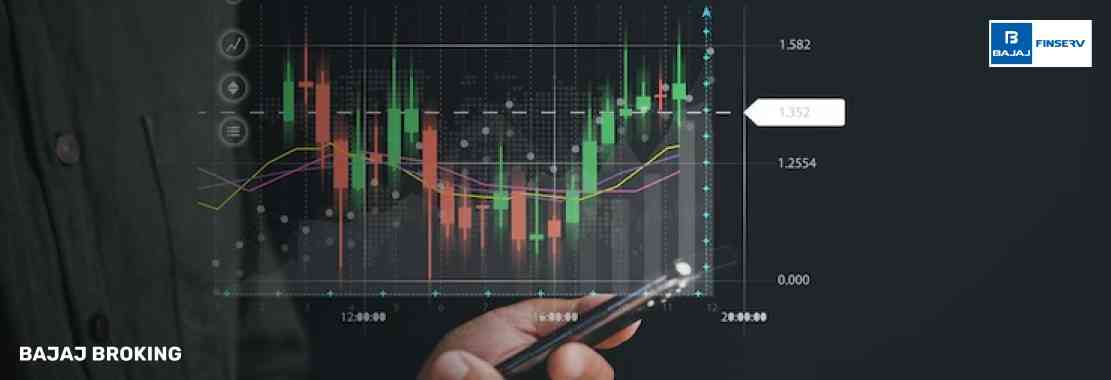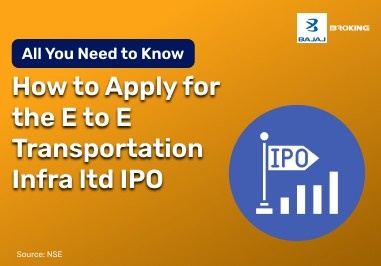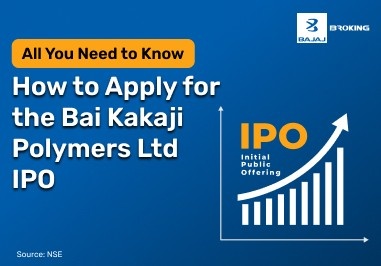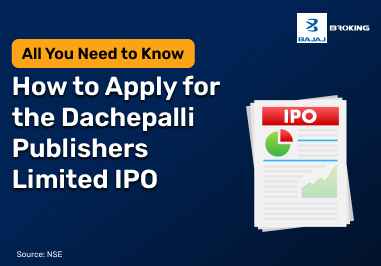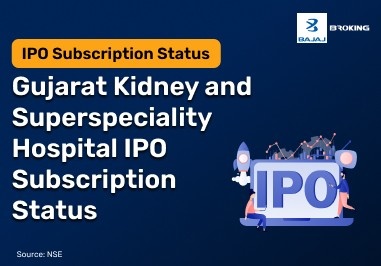In the derivatives segment, CE (Call European) and PE (Put European) options are standardized financial instruments that derive their value from underlying assets, such as stocks or indices. These options are prevalent in the Indian markets and are characterized by their European-style exercise mechanism, meaning they can only be exercised on the expiration date.
CE and PE options are integral to the derivatives market, allowing participants to hedge positions or speculate on price movements. A Call European (CE) option gives the holder the right, without any obligation, to buy the underlying asset at a specified strike price on the expiration date. Conversely, a PE option provides the right to sell the underlying asset under similar terms. These instruments are denoted as CE and PE in the stock market, reflecting their European exercise style.
The Securities and Exchange Board of India (SEBI) has mandated that all options traded on Indian exchanges follow the European style, ensuring uniformity and reducing the complexity associated with early exercise rights. This standardization aids in maintaining market stability and predictability.
What Are CE (Call European) Options?
CE (Call European) options are a type of financial derivative that grants the buyer the right, but not the obligation, to purchase an underlying asset at a predetermined strike price on the expiration date. Between CE and PE in the stock market, CE refers to Call European Options, and PE refers to Put European Options.
Exercise Date: CE options can only be exercised on the expiration date, unlike American options, which can be exercised at any time before expiration.
Premium Payment: The buyer pays a premium to the seller for the rights granted by the option. This premium is non-refundable and represents the maximum potential loss for the buyer.
Profitability: For a CE option to be profitable, the underlying asset's price must be above the strike price at expiration. If not, the option expires worthless.
Speculation and Hedging: CE options are used for both speculative purposes, betting on price increases, and hedging strategies to protect against potential losses in a portfolio.
Valuation: The value of CE options is influenced by factors such as strike price, time to expiration, and volatility of the underlying asset.
CE options are popular due to their simplicity and lower premiums compared to American options, making them attractive for investors looking to manage risk or speculate on price movements in the context of CE and PE options.
What Are PE (Put European) Options?
Put European (PE) options are financial derivatives that provide the holder with the right, but not the obligation, to sell the underlying asset at a fixed strike price on the date of expiry.
Exercise Date: PE options can only be exercised on the expiration date, unlike American options which can be exercised at any time before expiration.
Premium Payment: The buyer pays a premium to the seller for the rights granted by the option. This premium is non-refundable and represents the maximum potential loss for the buyer.
Profitability: For a PE option to be profitable, the underlying asset's price must be below the strike price at expiration. If not, the option expires worthless.
Speculation and Hedging: PE options are used for both speculative purposes, betting on price declines, and hedging strategies to protect against potential losses in a portfolio.
Valuation: The value of PE options is influenced by factors such as strike price, time to expiration, and volatility of the underlying asset. Higher volatility increases the option's value, as it indicates a greater potential for price movements.
PE options provide a strategic tool for investors to manage risk or speculate on downward price movements. They are particularly useful in volatile markets where investors seek protection against potential losses.
Differences Between CE and PE Options
CE (Call European) and PE (Put European) options are very different from each other, and this table lays out the key distinctions.
Feature
| Call Option (CE)
| Put Option (PE)
|
Definition
| Right to buy an underlying asset at a predetermined price.
| Right to sell an underlying asset at a predetermined price.
|
Market Sentiment
| Bullish (expecting price to rise).
| Bearish (expecting price to fall).
|
Objective
| Profit from a rise in the stock price.
| Profit from a fall in the stock price.
|
Buyer’s Position
| Bullish.
| Bearish.
|
Seller’s Position
| Bearish.
| Bullish.
|
Strike Price
| Determines the buying price (often above the current market price).
| Determines the selling price (often above the current market price).
|
Premium Payment
| Paid by the call option buyer to the seller.
| Paid by the put option buyer to the seller.
|
Risk and Reward
| Limited risk (premium paid) with unlimited reward potential.
| Limited risk (premium paid) with profit capped by the difference between the strike price and the asset’s market price.
|
Strategies Involving CE and PE Options
CE (Call European) and PE (Put European) options are widely used for structuring risk-managed positions and directional trades, especially when discussing CE and PE in the stock market. Here are common strategies involving CE and PE:
Covered Call: Involves holding stocks and selling CE options on the same quantity. The premium received adds to returns if prices stay flat or rise slightly.
Protective Put: Combines stock ownership with buying PE options. It limits downside risk while allowing for upside gains.
Straddle: Involves buying both a CE and PE with identical strike and expiry. It suits traders expecting high volatility but uncertain direction.
Bull Call Spread: Involves buying an at-the-money CE and selling a higher strike CE. It caps gains and losses, suitable for moderate upside expectations.
Bear Put Spread: Entails buying a lower strike PE and selling a higher strike PE. It benefits from limited downside moves.
These strategies illustrate the practical flexibility of CE and PE in managing varied market views.
How to Profit from CE and PE Options
CE (Call European) and PE (Put European) options offer multiple ways to benefit from price movements, especially when exploring CE and PE in the stock market. Here’s how investors can profit:
Speculative Positions:
Hedging Approaches:
Covered Call: Sell CE options on shares you own to earn premiums, suitable in stable or slightly bullish conditions.
Protective Put: Buy PE options on owned stocks to limit downside risk.
Neutral Strategies:
Leverage and Sentiment Tools:
Leveraged Returns: Options offer exposure with lower capital outlay, increasing potential returns (and risk).
CE/PE Ratio: A tool to gauge sentiment—higher ratios may signal bearishness, lower ones suggest optimism.
Used wisely, CE and PE options help navigate volatility and manage portfolio risks.
Factors Affecting the Price of CE and PE Options
The pricing of CE (Call European) and PE (Put European) options in the stock market is influenced by several interrelated factors. For traders using CE and PE in the stock market, understanding these inputs is essential for planning suitable strategies. Below are the key factors affecting the prices of these options that an investor needs to be aware of:
Underlying Asset’s Price
A rising asset price increases the value of CE options, while a falling price benefits PE options. This reflects the probability of each expiring in-the-money.
Volatility
Greater price volatility raises the value of both CE and PE options. Higher volatility boosts the chance of the option moving into profit before expiry.
Time to Expiration
Options with longer durations have higher premiums, as there's more time for the asset to move in the holder’s favour.
Interest Rates
Rising rates typically increase CE option prices and decrease PE option prices. This is due to the opportunity cost of holding capital and its influence on forward pricing models.
Market Sentiment
Sentiment indicators like the CE/PE ratio affect demand. A higher ratio can reflect bearishness, while a lower one may suggest optimism.
Strike Price
Options closer to or within the money carry higher premiums. Those far out-of-the-money are cheaper but riskier.
Dividends (for Stock Options)
Expected dividends lower CE option prices and raise PE option prices, as stock values typically adjust on the ex-dividend date.
Recognizing how these elements impact CE and PE helps traders better assess opportunities and risks in options trading.
Risks Associated with Trading CE and PE Options
Trading CE (Call European) and PE (Put European) options in the stock market comes with inherent risks that can impact trading outcomes. Understanding these risks is essential when dealing with CE and PE in the stock market.
Limited Time Frame
Options expire on a fixed date. If the market doesn’t move in the expected direction before expiry, the option may become worthless, leading to a total loss of the premium paid.
Volatility Risk
High market volatility can lead to large, unpredictable price swings. While it may increase potential returns, it also heightens the risk of adverse outcomes if trades go against expectations.
Complexity
CE and PE options require sound knowledge of pricing, strategies, and the underlying asset. Misinterpretation or lack of strategy may result in losses.
Leverage and Loss Exposure
Options provide leveraged exposure, which magnifies both gains and losses. Even though buyers’ losses are capped at the premium, that cost can still be significant.
Time Decay (Theta Risk)
Options lose value as expiry nears, especially if they remain out-of-the-money. This decay accelerates with time.
Unlimited Loss for Sellers
Sellers of CE and PE options, especially uncovered ones, face potentially unlimited losses if the market moves sharply against their position.
Careful risk management is key when engaging in options trading.
Conclusion
CE (Call European) and PE (Put European) options are essential components of options trading in the stock market, particularly in the context of CE and PE in the stock market. These financial instruments offer investors the flexibility to manage risk and speculate on price movements. CE options provide the right to buy an underlying asset at a predetermined price, typically used when anticipating a price increase, while PE options grant the right to sell, often used when expecting a price decline.
Understanding the differences and strategies involving CE and PE options is crucial for effective trading. Investors can use these options to hedge against potential losses or capitalize on market volatility. Strategies such as covered calls and protective puts are popular among traders. However, trading CE and PE options involves significant risks, including time decay and potential for total loss if not managed properly. Investors must carefully assess market conditions before engaging with these options to enhance their trading strategies and navigate market fluctuations efficiently.
Additional Read: What is Nifty 50 pe Ratio
